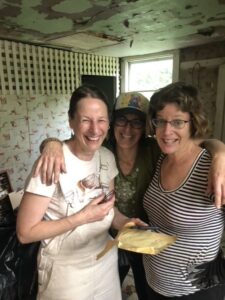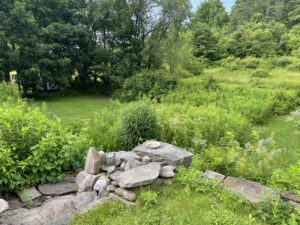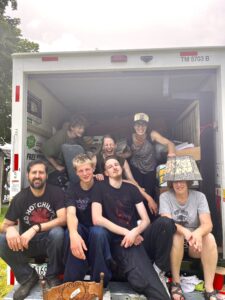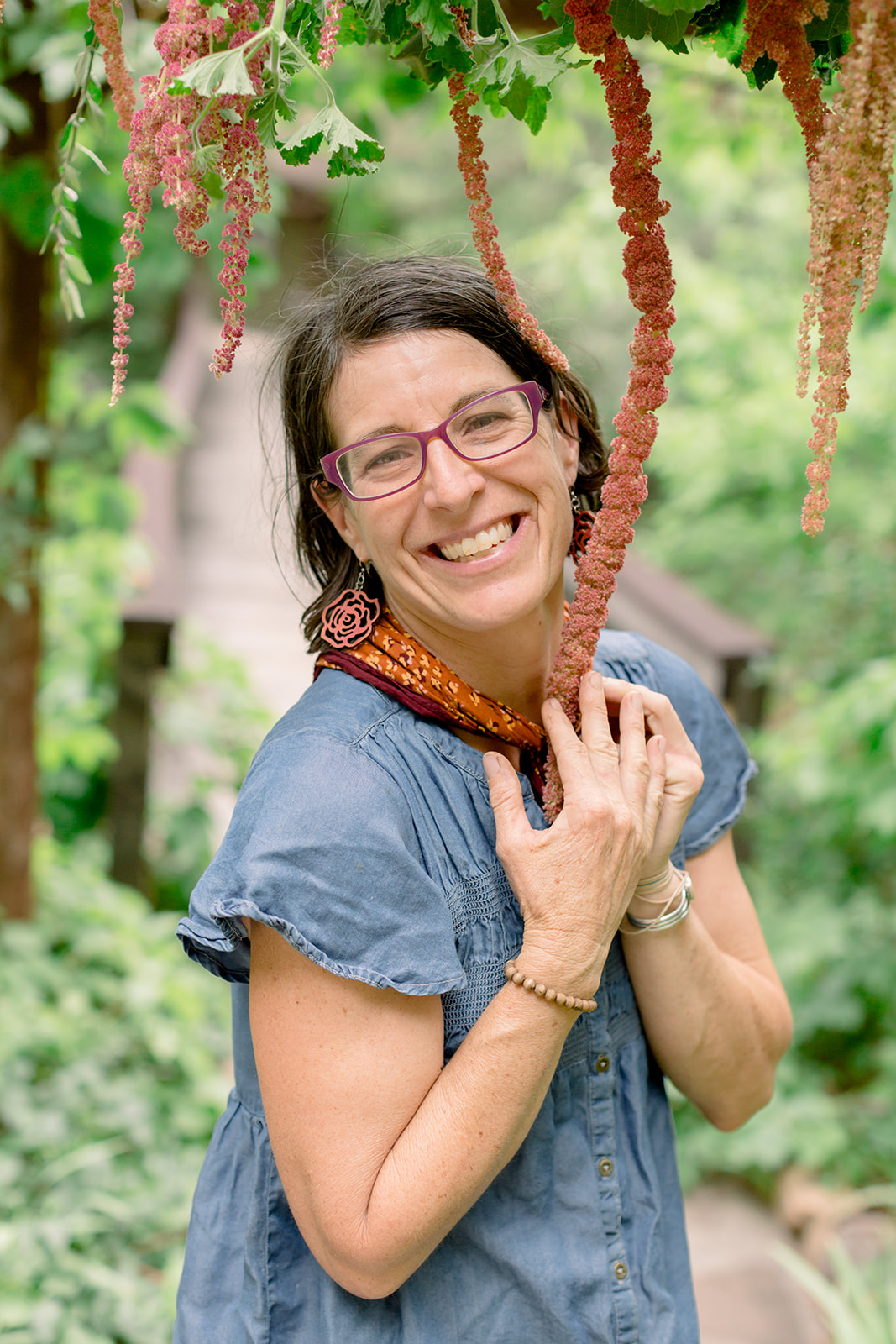 Caring for aging parents is a rite of passage many of my friends, now in our fifties, are navigating with various degrees of grace. Despite the common human experience of parenting our parents and facing the inevitability of our own demise; for each of us it is uncharted territory. Luckily I have two sisters to share this journey, and support of my partner, Mike. Together we formed a loving, joyful ask force; teetering between brutally realistic and unrealistic. Our mission: to help my parents sell their home of 50 years and move to a 500 square foot studio apartment.
Caring for aging parents is a rite of passage many of my friends, now in our fifties, are navigating with various degrees of grace. Despite the common human experience of parenting our parents and facing the inevitability of our own demise; for each of us it is uncharted territory. Luckily I have two sisters to share this journey, and support of my partner, Mike. Together we formed a loving, joyful ask force; teetering between brutally realistic and unrealistic. Our mission: to help my parents sell their home of 50 years and move to a 500 square foot studio apartment.
I grew up in the The Stone Village, a historic hamlet of Chester, Vermont consisting of eleven stone buildings built by twin brother masons in the 1800s. It was a safe, magical and enchanted ecosystem in which to grow into a person. We had unlimited freedom to wander. Our backyard, despite being only a third of an acre, held many wonders to explore. I kept rabbits in an old shed my dad and I renovated together. In the spring, he would till the rabbit poop into the ground for a garden and by August it would become a tangle of squash and cucumber vines. We feasted on wild currants and raspberries that grew all along the fence borders. As we grew, so did our exploratory range; to a web of wild areas beyond fences; a horse pasture, and the woods of Mount Flamstead. Across the road, we traversed fields and a wetland to swim and fish in the Williams River. Down the street, an old cemetery with giant maples and lichen-covered headstones made for ideal kick-the-can games, especially at dusk.
 On our last trip to the Stone Village this summer, we tackled the boxes in the attic, a crooked and crumbling place my parents stashed the paper records of their lives, creativity and businesses as well as ours. Sifting through it we found cashed checks from 1968, the year they were married. My mom, a graduate of secretarial school, kept every correspondence and transaction that took place with her handmade doll business. Like archeologists, we uncovered printed material from decades of pre-internet marketing—brochures, catalogs, and hand-made signs touting these unique doll designs. There were layers of calico clothing, yarn hairstyles and embroidered eyes that made them into characters that became extensions of our family. We unearthed my dad’s artistic legacy of pen and ink drawings of historic buildings and woodcuts printed on a 1900’s era printing press. This family heirloom prompted my Arizona sister, Kelly and I to hire a Uhaul box to carry it and a chest of type back to Wild Heart Farm, where we live in Rimrock.
On our last trip to the Stone Village this summer, we tackled the boxes in the attic, a crooked and crumbling place my parents stashed the paper records of their lives, creativity and businesses as well as ours. Sifting through it we found cashed checks from 1968, the year they were married. My mom, a graduate of secretarial school, kept every correspondence and transaction that took place with her handmade doll business. Like archeologists, we uncovered printed material from decades of pre-internet marketing—brochures, catalogs, and hand-made signs touting these unique doll designs. There were layers of calico clothing, yarn hairstyles and embroidered eyes that made them into characters that became extensions of our family. We unearthed my dad’s artistic legacy of pen and ink drawings of historic buildings and woodcuts printed on a 1900’s era printing press. This family heirloom prompted my Arizona sister, Kelly and I to hire a Uhaul box to carry it and a chest of type back to Wild Heart Farm, where we live in Rimrock.
As kids we assisted our dad with his printing projects, pressing editions he sold at art fairs alongside my mom’s dolls. As my dad and I packed it up, I wanted more than the press itself; I wished to have time to make one more edition of the Stone Village print together. The press will become part of our farm ecosystem, and Kelly and I will have to read the old manual my dad used and teach this technology to our nephews when they visit.
The house is itself an ecosystem—a network of interconnected relics—harboring ants in the pantry, mold and spiders, and musty seeps in the basement. Like a forest, it is in various states of decay and regeneration. A new handicapped access ramp and bathroom with shiny grab bars are grafted to the otherwise historic furnishings. We made decisions about items they inherited when they bought the house in 1974, and continued to use. There was an old wood shelf, we called “The General Store,” with various sized cubbies organized shipping labels, staplers and rubber bands associated with my mom’s doll shop. My sisters and I used to play “store,” pulling lace or buttons from it, bagging them and tallying what was owed on a printing calculator.
 Our nephews, the braun of this operation, convince us not to take this broken relic for the farm floral design studio. The grip of our attachment is largely emotional. The handmade cubbies were probably built with lumber scraps from nearby forests and it breathes stories from a web of organisms despite the imperfections. We relinquish it to a neighbor’s kid who has been mowing the lawn for my parents. It is hard to be sad in the face of his enthusiasm for “old stuff” as we load it into his mom’s pickup.
Our nephews, the braun of this operation, convince us not to take this broken relic for the farm floral design studio. The grip of our attachment is largely emotional. The handmade cubbies were probably built with lumber scraps from nearby forests and it breathes stories from a web of organisms despite the imperfections. We relinquish it to a neighbor’s kid who has been mowing the lawn for my parents. It is hard to be sad in the face of his enthusiasm for “old stuff” as we load it into his mom’s pickup.
In the evenings, after a long day of sorting stuff and sifting through memories, we sat on the screen porch with my dad. He seemed happy, almost childlike in his excitement about moving to a new apartment; much closer to my sister and his grandchildren. I could sense the possibility of this new chapter, perhaps with new friends and hobbies. His days are filled with caregiving for my mom, who has lost much of her mobility, and keeping this crumbling house from falling apart. My dad has convinced the director or their fairly new senior living community to take several pieces of his art for the unadorned hallways. I can imagine him admiring them on the walls as he slowly ushers my mom with her walker to the sunroom at the end of their hall.
I remember nights like this on the porch with my dad before heading off to college and other life adventures. “Our family has packed a heck of a lot of living into this house,” I reminded him. He nodded, smiling through the dark. The next inhabitants will pour their own dreams into it. Joyful shrieks from the neighbors’ children jumping on the trampoline and the sound of my nephews’ skateboards rolling along the sidewalk mingled with the night symphony of crickets, frogs and tourist traffic. We are part of a complex web of the Stone Village ecosystem. Somehow it will always be part of our family DNA, and will continue long after all of us are gone.

